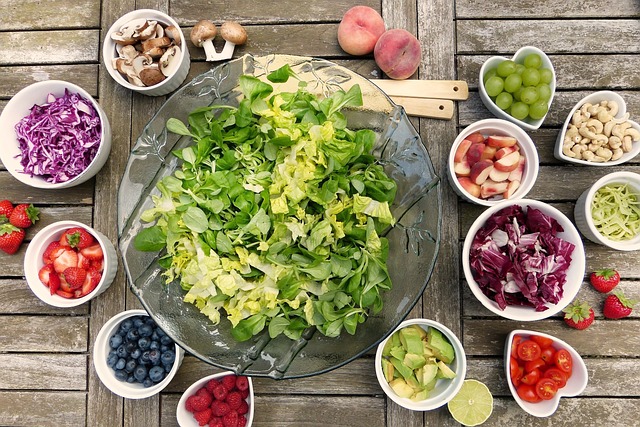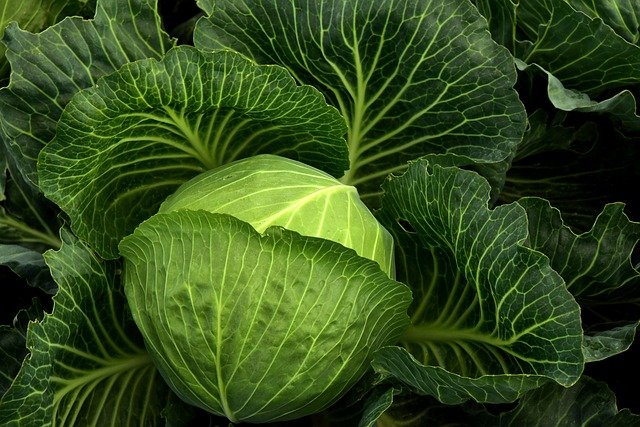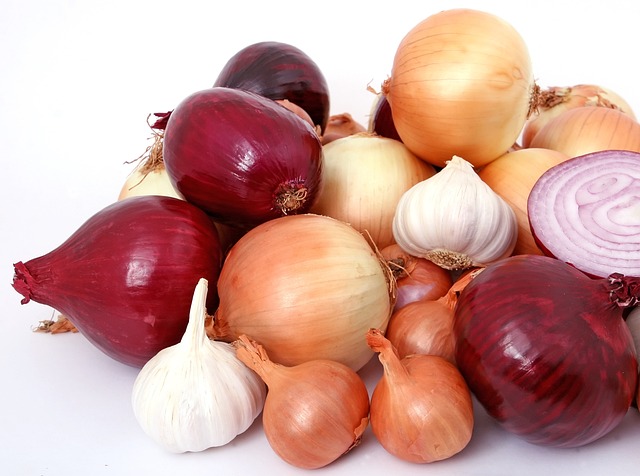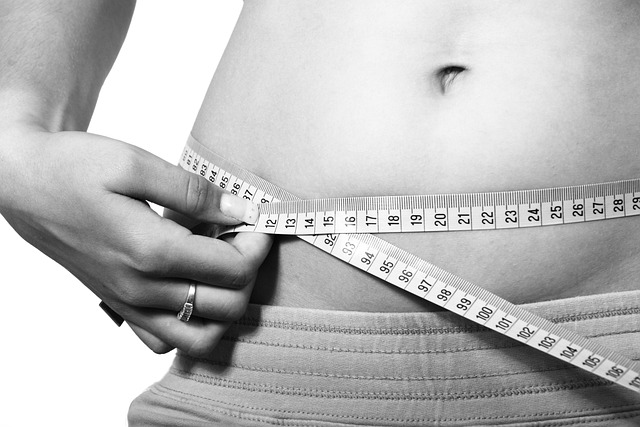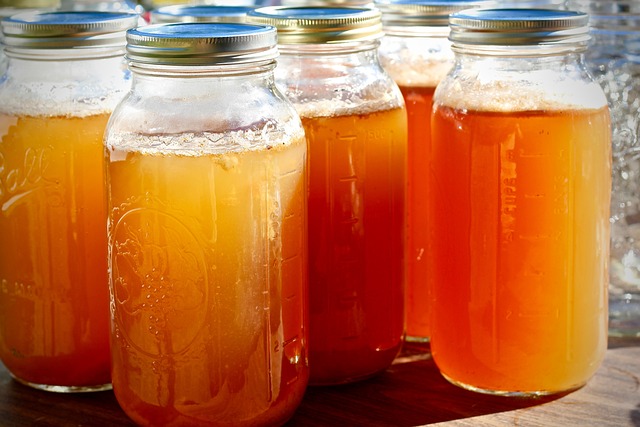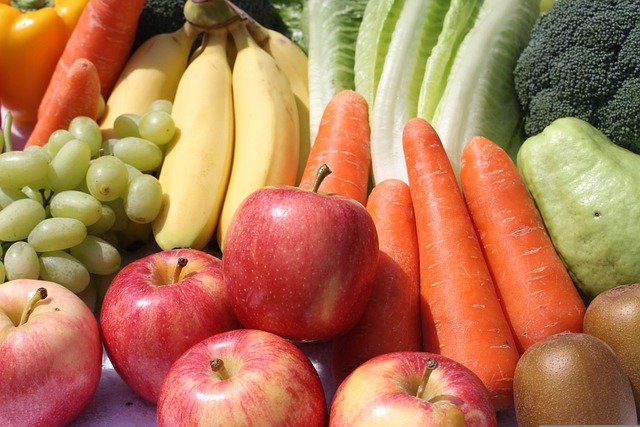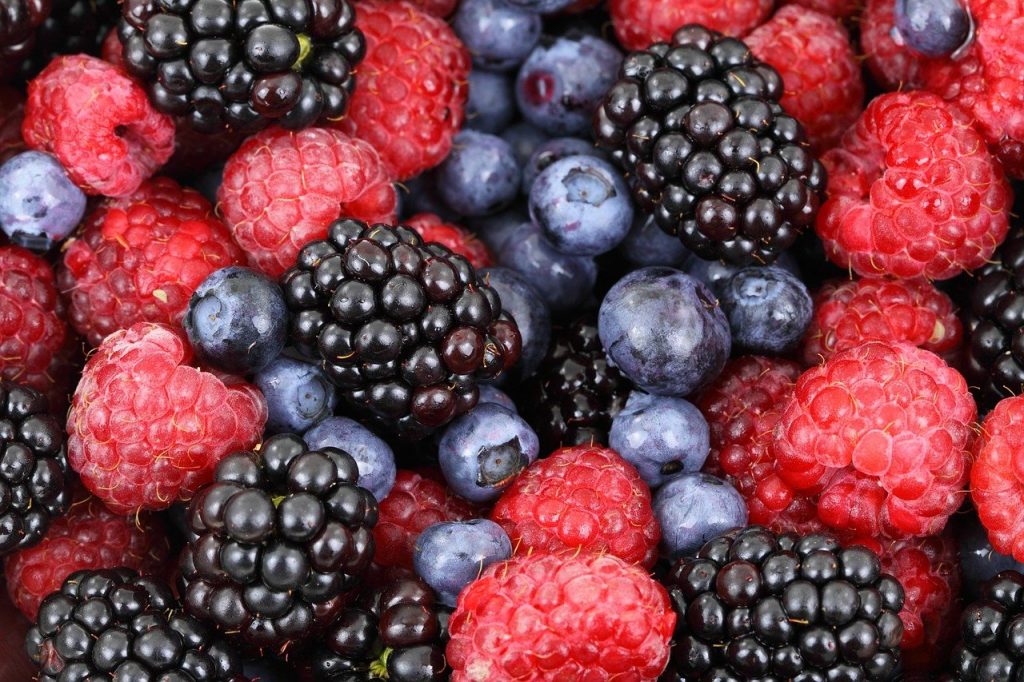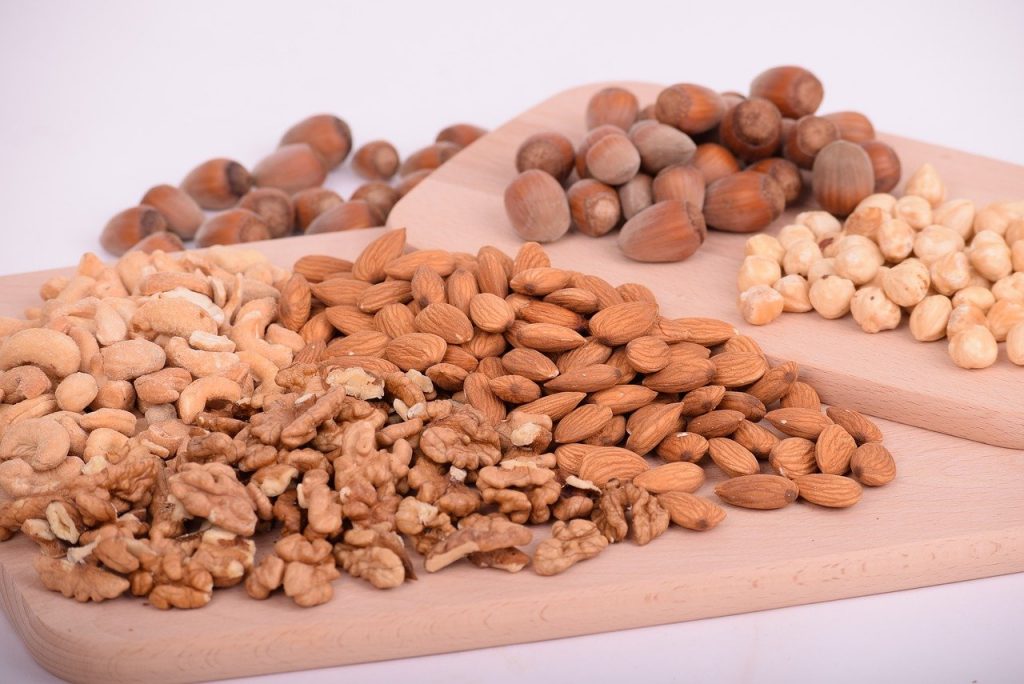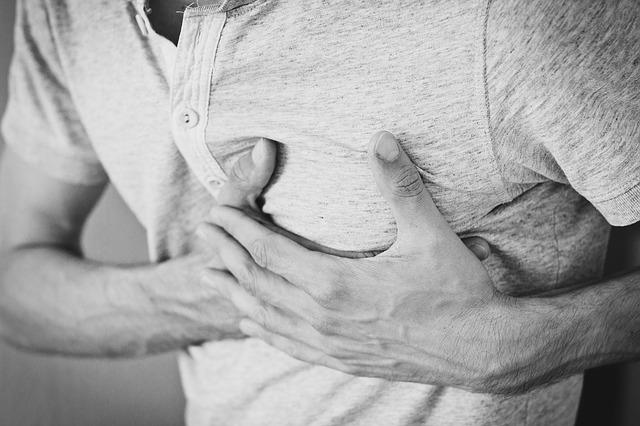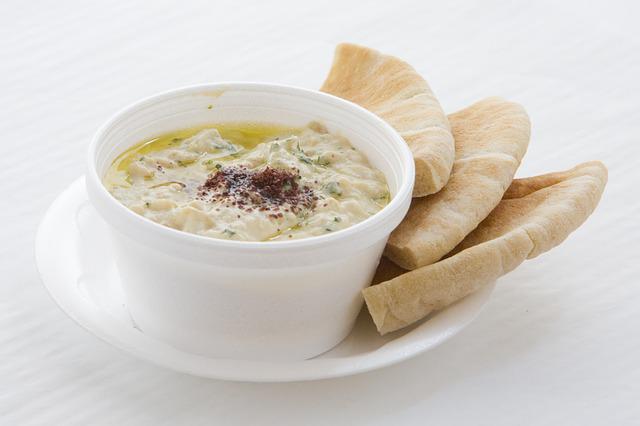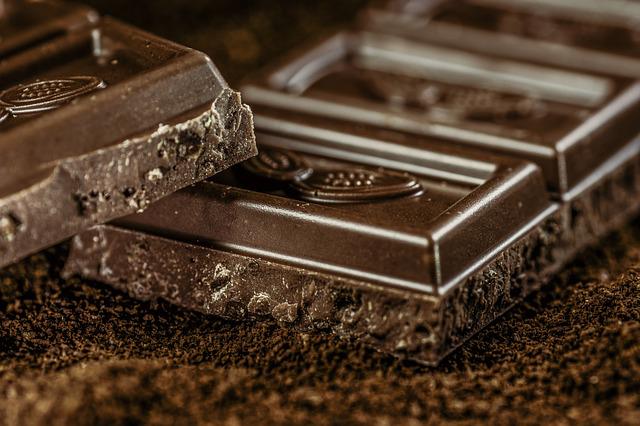White flour, or refined flour, is an ingredient that is commonly used for baking and cooking. Breads, cookies, cakes, brownies, and even fried chicken has white flour as one of its main ingredients. In this article, we will be discussing the 5 healthy flour substitutes.
Although white flour isn’t entirely harmful for your health (in moderation), there exists a handful of healthier alternatives that you can try. This is highly recommended for those who rely on grain-based carbohydrates for their everyday meals.
6 Reasons to Give Up White/Refined Flour
Refined flour is a product of stripping away the bran and germ of whole grains, leaving only the endosperm, which is the starchy middle layer of grain. Unfortunately, most of the nutritional content of grains are concentrated in the bran (outer layer) and germ (core), which are high in fiber, vitamins, and healthy fats.
Because of these lost nutrients, researchers found that the consumption of refined flour can increase your risk of developing several health conditions, such as[1]:
- Blood sugar, insulin, and metabolic dysfunction. Because the dietary fibers from the bran are stripped off, the high starch content of refined flour will result in a spike in blood sugar upon consumption. If this happens regularly, the blood sugar swings can increase the risk of developing type 2 diabetes and cardiovascular diseases.
- Weight gain and obesity. The United States is currently suffering from an obesity epidemic and it is believed that refined grains are a major contributing factor. This is because the consumption of refined flour promotes fat in the body, while impairing the process that burns fat in the body. Additionally, refined flour may promote inflammatory gut microbiota, which can lead to metabolic dysfunction and weight gain.
- Cognitive impairment. Research has shown that chronic elevated blood sugar and insulin resistance can impair cognitive function, which is a result of neuroinflammation caused by poor glucose transport to the brain.
- Food Addiction. Studies have found that refined carbohydrates can trigger food addiction, which is characterized by the compulsive consumption of food. This in turn will cause other health problems, as food addicts tend to consume beyond their daily needs.
- Depression. Due to the systemic inflammation caused by high blood sugar levels, refined flour may cause depression as a result of neural imbalances.
- Acne. Refined flour can trigger acne due to elevated levels of insulin and inflammation.
The 5 Healthy Flour Substitutes
If your diet is mostly comprised of these refined carbohydrates (especially in Western diets), switching to healthier alternatives will decrease your risk of facing the health problems mentioned earlier.
Here are five healthier alternatives to white flour that you can utilize for a healthier diet.[2]
- Almond flour
Because almond is a type of nut, you might be wondering how it is turned into flour. Wheat and other types of grains aren’t the only ones you can turn into flour, as you will see further in this list.
Almond flour is made by blanching almonds to remove their skins, then finely grinding them to achieve a wheat flour-like consistency. When the skins are kept intact before grinding, this becomes almond meal.
Almonds alone are already highly nutritious. They are considered as one of the healthiest nuts out there – 1 ounce of almonds contains 6 grams of protein and 14 grams of good fats. That’s a lot of nutrients for a handful of nuts![3]
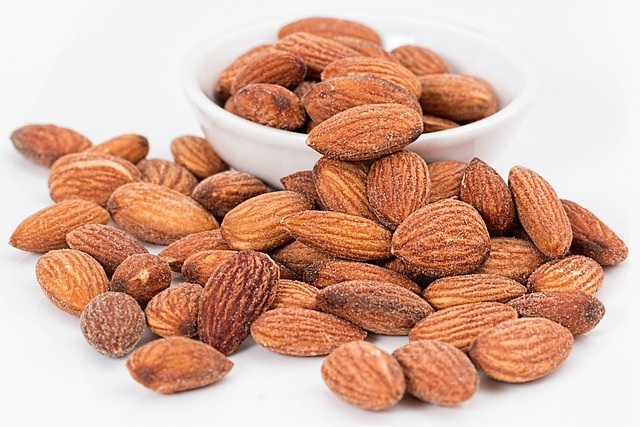
Aside from that, almonds are packed with vitamin E, manganese, magnesium, and potassium.
With almond flour, you’ll be getting all of these benefits, while consuming them as delicious bread and pastries. However, almonds are also high in calories, so you’ll have to be mindful of your portions despite of how nutritious they are. The general rule is that 1 cup of white flour can be substituted by ¼ cup almond flour.
Almond flour has a nutty taste, which will give your baked goods an interesting (but delicious) flavor from the usual.
- Coconut flour
Commonly consumed for its juice, meat, or as an oil, coconuts are a tropical fruit that provides us with plenty of nutrition and uses. But did you know that coconut can also be used as a flour?
Coconut flour is made by grinding dried coconut meat into a fine powder that is akin to the typical wheat flour. This can be used to make cookies, banana bread, cakes, or even pancakes.
What makes coconut flour special is that it contains a good amount of healthy fats that are known to benefit our heart health. These fats may also reduce inflammation and help maintain a healthy metabolism. Coconut flour is also rich in antioxidants and appears to have antimicrobial effects as seen in coconut oil. All in all, this will give you an enhanced immunity against chronic diseases and bacterial infections. [4]
A cup of wheat flour can be substituted by ¼ cup of coconut flour, while the rest of the ¾ can be substituted by a lighter type of flour (ie., almond, hazelnut, cassava). Coconut flour is also highly absorbent; thus, you will need additional moisture and eggs to hold your ingredients together.[5]
- Quinoa
Quinoa has become a popular food among health enthusiasts. There’s no wonder why – this pseudo cereal is not only packed with fibers, but it is also one of the only plants that contains a complete protein, providing us with all of the essential amino acids. This makes it a perfect for vegetarians, vegans, and people who are sensitive to gluten.[2]
Additionally, quinoa contains an impressive amount of vitamins and minerals, along with antioxidant and anti-inflammatory effects that will provide you with a well-rounded nutrition.
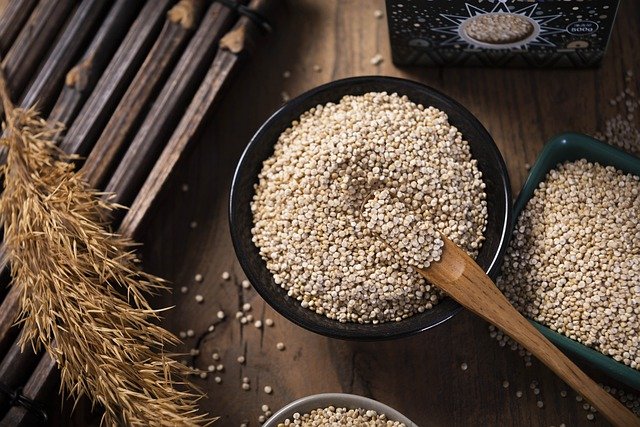
When baking with quinoa flour, use approximately ¼ cup to substitute 1 cup of regular wheat flour. Since quinoa is high in proteins and (healthy) fats, it will give a moist texture to your baked goods. Quinoa flour can also taste bitter for some people – if that sounds true for you, the bitterness can be taken away simply by toasting the flour on a dry skillet for 5 to 10 minutes.[6]
Unlike other gluten-free flours, quinoa flour can provide structure and rise to your baked goods almost like your typical wheat, barley, and rye flours.
- Buckwheat flour
Despite its name, buckwheat isn’t actually related to the cereal grain family. Instead, it is much like quinoa, classified as a pseudo cereal. It is much closer related to rhubarb and sorrel, making it completely gluten-free.[7]
Buckwheat is traditionally harvested in East Asia and Eastern Europe, where it is turned into noodles, bread, or tea. However, it has risen in popularity outside because it is high in minerals and antioxidants, making it a healthy alternative to the typical white flour.[2]
Multiple studies have shown that people who regularly consume buckwheat experience better cardiovascular health, a lowered risk of diabetes, and a reduced risk of developing breast cancer.[7]
Buckwheat is also rich in prebiotics, which will greatly benefit your gut health.
When baking with buckwheat flour, it shouldn’t completely replace wheat flour as you will end up with an unpalatable product. Instead, the general rule is that 25% of the wheat flour (or other whole grains) required in a recipe should be swapped with buckwheat flour.[8]
Buckwheat gives an earthy and slightly bitter flavor to your baked goods, which is sought after by home cooks and pastry chefs alike. Buckwheat flour is commonly used to make pizzas, breads, biscuits, and even cakes.
- Whole Wheat Flour
Although it is the precursor to refined flour, whole wheat is still significantly healthier simply because it retains the bran and germ of wheat grain.
Compared to refined flour, whole wheat flour contains more proteins, fiber, vitamins, and minerals – which is why a piece of whole wheat bread will make you feel fuller than a piece of white bread. However, since whole wheat contains gluten, this is not recommended for those with celiac disease or gluten sensitivity. [2]
The high fiber content of whole wheat can improve your gut health, heart health, and weight loss management.
When baking with whole wheat flour, expect to produce rougher textures and a pronounced yeasty flavor as compared to refined flour. You can either mix whole wheat with refined or go completely 100% – feel free to experiment according to your tastes.[9]
Conclusion
Committing to a healthier lifestyle also includes optimizing your diet by including as much nutrients as you can per calorie consumed.
One of the best ways to do this is to pick healthier ingredients, such as the healthy flour substitutes that we have mentioned in this list.
With these healthy flour substitutes, you can be creative and experiment with the countless guilt-free pastries that you can bake and eat at your heart’s content.
References
[1] Kresser, C. (2019, April 16) 10 Ways Refined Flour Can Damage Your Health. Retrieved on September 11, 2020, from https://chriskresser.com/10-ways-refined-flour-can-damage-your-health/
[2] Panoff, L. (2020, July 27) 5 of the Healthiest Flours for Every Purpose. Retrieved on September 11, 2020, from https://www.healthline.com/nutrition/healthiest-flour
[3] Raman, R. (2017, April 25) Why Almond Flour Is Better Than Most Other Flours. Retrieved on September 11, 2020, from https://www.healthline.com/nutrition/almond-flour
[4] Boateng, L., Ansong, R., Owusu, W. B., & Steiner-Asiedu, M. (2016). Coconut oil and palm oil’s role in nutrition, health and national development: A review. Ghana medical journal, 50(3), 189–196.
[5] Nourished Kitchen. (2019, January 22) Coconut flour. Retrieved on September 11, 2020, from https://nourishedkitchen.com/baking-with-coconut-flour/
[6] Rimmer, A. (2019, May 3) How to Use Quinoa Flour for Baking and Cooking. Retrieved on September 12, 2020, from https://www.simplyquinoa.com/how-to-use-quinoa-flour/
[7] Buckwheat. (n.d.) Retrieved on September 12, 2020, from http://www.whfoods.com/genpage.php?tname=foodspice&dbid=11#healthbenefits
[8] Medrich, A. (2020, May 5) How to Use Buckwheat Flour in Your Baking. Retrieved on September 12, 2020, from https://food52.com/blog/19618-how-and-why-to-use-buckwheat-in-more-of-your-baking
[9] Tremblay, S. (2018, November 19) Healthy Facts About Whole-Wheat Flour Vs. White. Retrieved on September 12, 2020, from https://healthyeating.sfgate.com/healthy-wholewheat-flour-vs-white-3305.html

